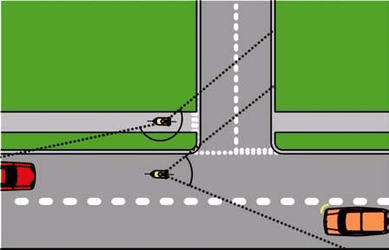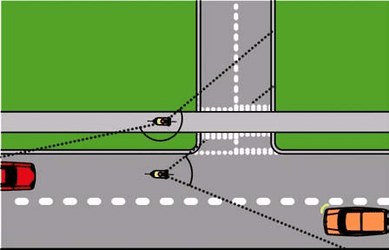summerdays
Cycling in the sun
- Location
- Bristol
And don't forget all those children. In surveys of local schools about 40% of children wanted to cycle but only 4% did, the reason being parental veto due to lack of routes away from vehicles. Pretty much all the children surveyed had had Bikeability training.
I've carried out those surveys in my son's primary school - yes lots did want to cycle to school - however 70% are too young to do the Level 2 Bikeability training - so it isn't right to say that Bikeability has no effect on encouraging children to cycle to school. The problem is whether their parents have had any training as they are the generation who have abandoned their bikes in their teens - hopefully this generation won't.


